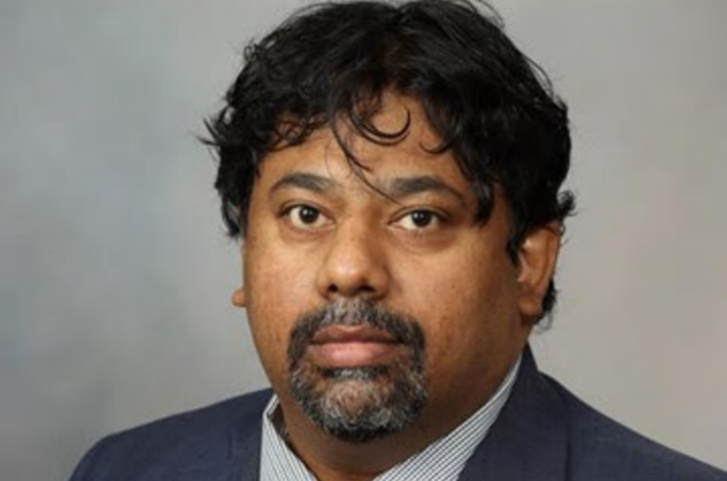
Healthcare
Mayo Clinic Launches World’s First Salivary Gland Biobank to Tackle Chronic Dry Mouth
Pioneering regenerative research offers new hope for patients suffering from xerostomia
In a major breakthrough for regenerative medicine, Mayo Clinic researchers have developed the world’s first salivary gland tissue-organoid biobank aimed at combating chronic dry mouth — a condition medically known as xerostomia that affects millions globally.
Often triggered by radiation therapy for head and neck cancers, as well as conditions like diabetes, Alzheimer’s disease, HIV/AIDS, stroke, and even certain medications, chronic dry mouth has long lacked an effective cure. The new biobank, created by Mayo Clinic’s Center for Regenerative Biotherapeutics in collaboration with the Department of Laboratory Medicine and Pathology and the Department of Otolaryngology, marks a vital step in changing that.
“This unique biobank resource overcomes a major barrier we've faced in the field, namely: limited access to standardized salivary specimens suited for salivary gland regeneration research,” said Dr. Nagarajan Kannan, lead author of the study published in NPJ Regenerative Medicine. Dr. Kannan also serves as Director of the Mayo Clinic Stem Cell and Cancer Biology Laboratory.
Chronic dry mouth affects nearly 70% of patients undergoing radiation therapy for head and neck cancer, often resulting in permanent salivary gland damage. The condition causes more than discomfort — it can lead to difficulties with chewing, swallowing, and speaking, and increases the risk of dental decay due to insufficient saliva production.
“Chronic dry mouth can extend long after radiation treatments are complete,” noted Dr. Jeffrey Janus, co-author and ENT specialist at Mayo Clinic in Florida. “It’s among the top concerns I hear from patients. Unfortunately, there aren’t many therapeutics currently available for this issue.”
The newly established biobank contains salivary gland tissue samples from 208 donors and is designed to support the growth and study of rare, self-renewing cells essential for gland regeneration. Using a high-resolution protein map, researchers have already identified biomarkers for mature saliva-producing cells and pinpointed the potential tissue origin of the rare regenerative cells.
In tandem with this initiative, the research team also developed a radiation injury model that, when used alongside the biobank, creates an integrated platform for the discovery of new personalized regenerative biotherapies.
The biobank is expected to significantly advance research and development of regenerative therapies, offering fresh hope to patients whose lives are impaired by xerostomia.
📢
Advertisement Space
750x200 pixels
Click to book this space
Comments (0)
Please log in to post a comment
Login to CommentNo comments yet. Be the first to share your thoughts!